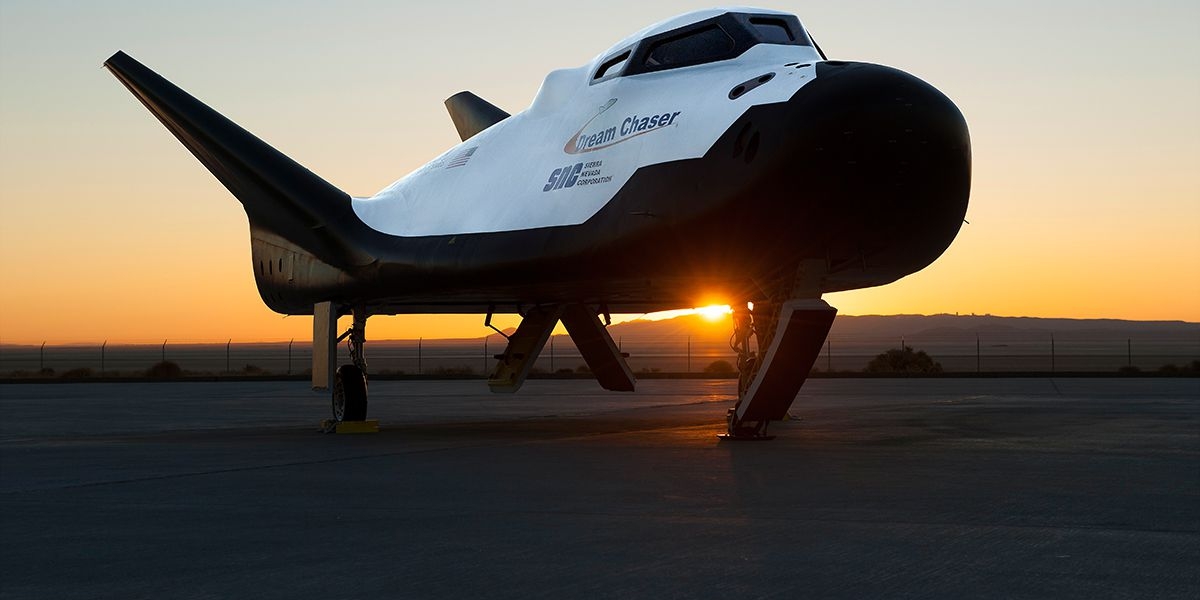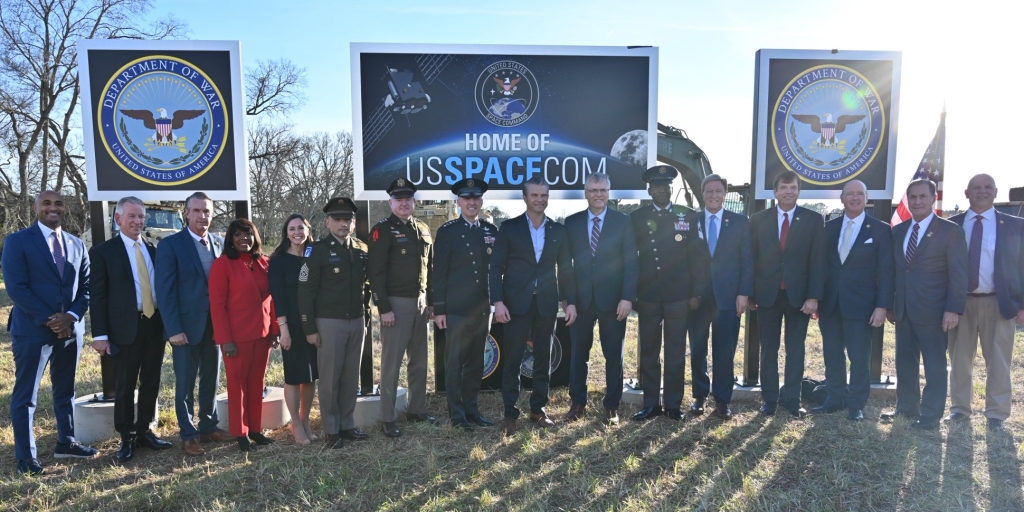Alabama is set to play a significant role in an upcoming historic space mission, as the United Launch Alliance (ULA) prepares to launch the Dream Chaser, a spacecraft developed by Sierra Space. This mission, aimed at resupplying the International Space Station (ISS), is not only a major milestone for space exploration but also a testament to Alabama’s growing presence in the aerospace industry.
The Dream Chaser, a small, winged spacecraft reminiscent of NASA’s Space Shuttle, is designed to transport up to 12,000 pounds of cargo to the ISS. It represents the next step in space cargo transportation, with future plans to eventually carry astronauts as well. The mission is part of an ongoing effort to ensure a reliable flow of supplies to the space station, essential for its continued operation and scientific research.
RELATED: Final countdown for ULA’s Delta IV Heavy rocket program
At the heart of this mission is ULA’s Vulcan rocket, which will carry the Dream Chaser into orbit. The Vulcan rocket, built at ULA’s facility in Decatur, was specifically chosen for its capability to handle the combined weight of the spacecraft and its cargo. This decision highlights the critical role of Alabama’s aerospace manufacturing sector in supporting advanced space missions.
ULA’s Decatur factory is well-known for producing reliable rockets, and despite recent competition in securing military contracts, the company’s experience and track record made Vulcan the ideal choice for this commercial mission. Sierra Space’s confidence in Vulcan underscores the continued importance of Alabama in space logistics and transportation.
The Dream Chaser’s journey does not end with its launch. After completing its mission at the ISS, it could potentially land at Huntsville International Airport. The airport is licensed by the FAA to land the Dream Chaser commercial space vehicle; it is the first commercial airport in the U.S. to have received this license.
This development also has a personal touch, as some of Sierra Space’s key personnel, including those involved in safety and operations, have longstanding connections to the state. Their familiarity with the local aerospace community has fostered a collaborative spirit, making Alabama a natural hub for Dream Chaser’s operational needs.
As the countdown to launch continues, Alabama’s aerospace community remains at the forefront, eager to witness this significant milestone. The success of the Dream Chaser mission could lead to more opportunities for the state to contribute to the next generation of space exploration, both in cargo and human spaceflight.













